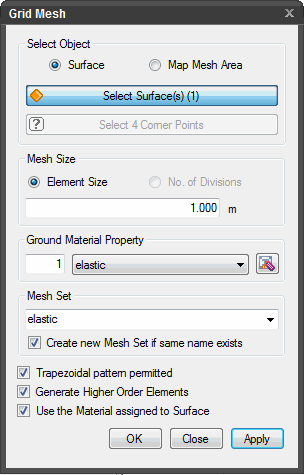


Command the print head down in small steps until the nozzle just touches the bed or just grips a sheet of paper.

Command the print head to the coordinates you want to probe.This is to ensure that you can lower the nozzle all the way to the bed in step 5. Send M564 S0 to allow movement lower than where the firmware thinks Z=0 is.Cancel any existing bed compensation by sending M561.Make sure there is no filament stuck to the nozzle (you may want to do this test with the nozzle hot).Measure the trigger height of your Z probe at various XY positions and make sure it is consistent. The Z probe trigger height must not vary significantly with XY position. If you don't have a Z probe, set type P0 in your M558 command for manual probing via jog buttons.This includes the trigger height and the X and Y offsets of the probe relative to the nozzle. If you are using a Z probe, make sure it is correctly configured and working.Bed compensation is not a good substitute for accurate calibration. If your printer is a Delta, calibrate it first (see Calibrating a delta printer).Bed compensation increases wear on the Z axis moving parts, so you don't want to be doing more of it than necessary. See Bed levelling using multiple independent Z motors and Using the Manual Bed Levelling Assistant. If your printer is Cartesian or CoreXY, get the bed as level as you can by manual or automatic mechanical adjustment.Viewing the height map in the web interface requires Duet Web Control 1.14 or later. You must be running RepRapFirmware 1.17 or later.meshgrid ( xs, ys, indexing = 'xy' ) > z = torch. linspace ( - 5, 5, steps = 100 ) > x, y = torch. linspace ( - 5, 5, steps = 100 ) > ys = torch.

> import matplotlib.pyplot as plt > xs = torch. cartesian_prod ( x, y )) True `shgrid` is commonly used to produce a grid for plotting. meshgrid ( x, y, indexing = 'ij' ) > grid_x tensor(,, ]) > grid_y tensor(,, ]) This correspondence can be seen when these grids are stacked properly. This is the same thing as the cartesian product. tensor () Observe the element-wise pairings across the grid, (1, 4), (1, 5). PyTorch Governance | Persons of Interest.CPU threading and TorchScript inference.


 0 kommentar(er)
0 kommentar(er)
